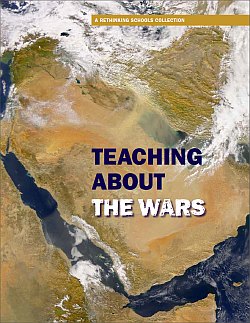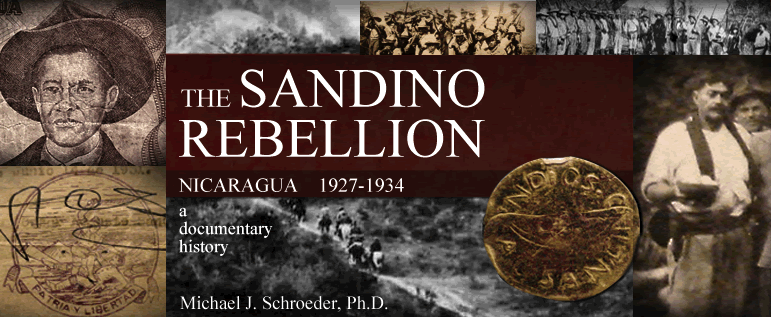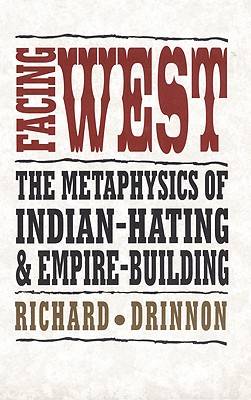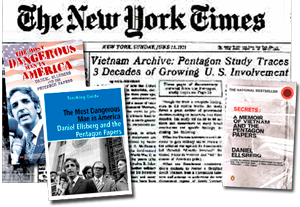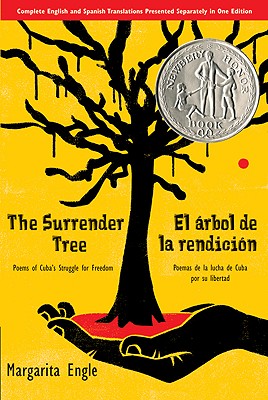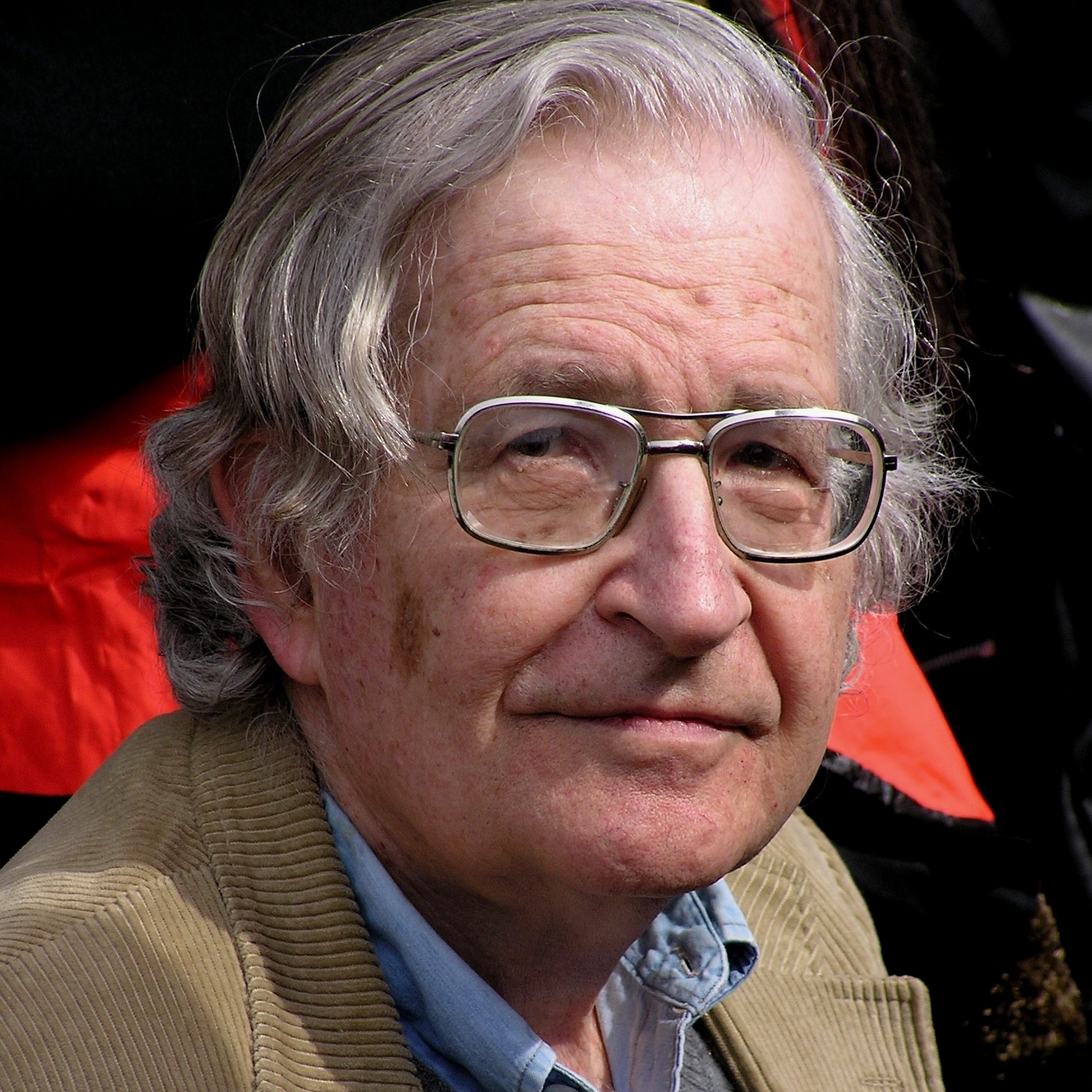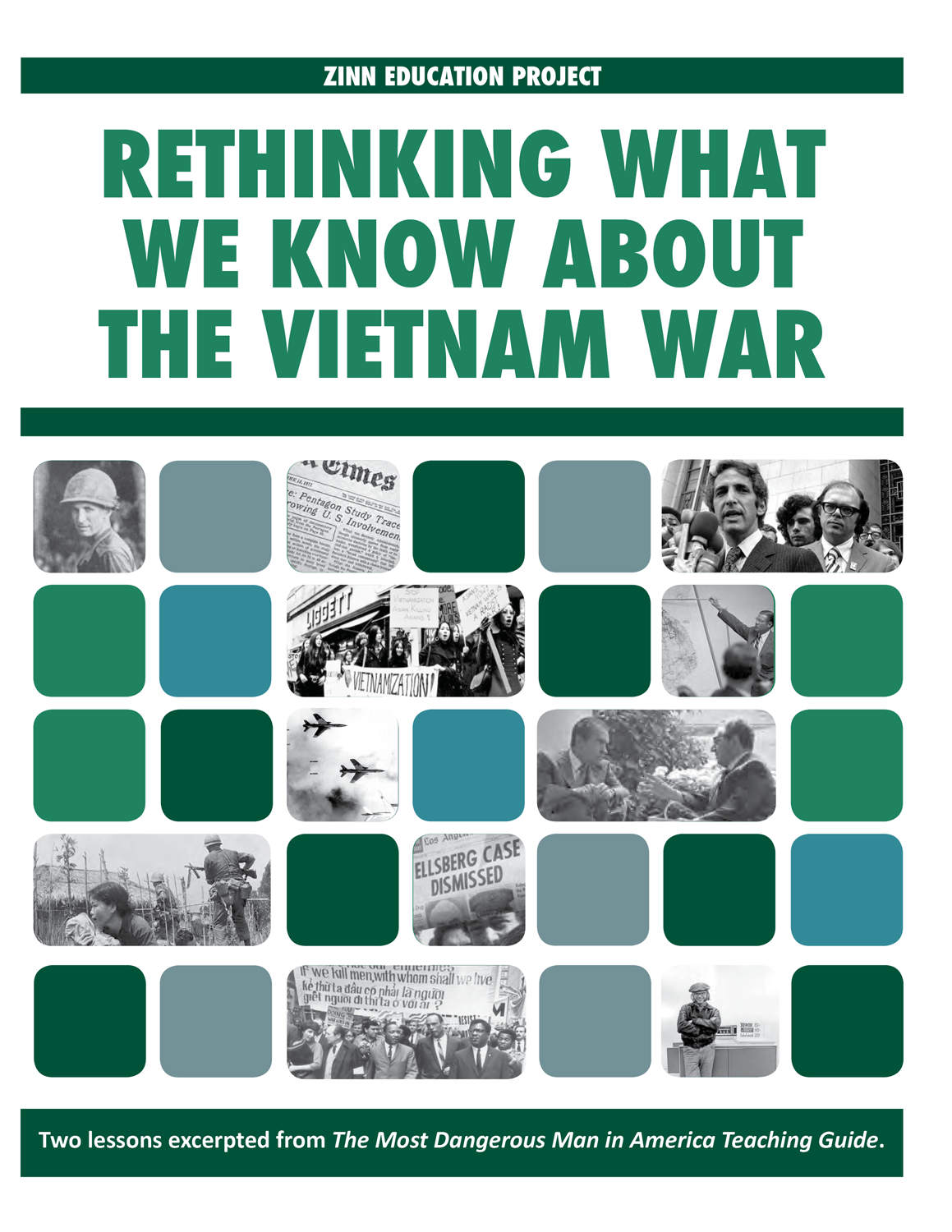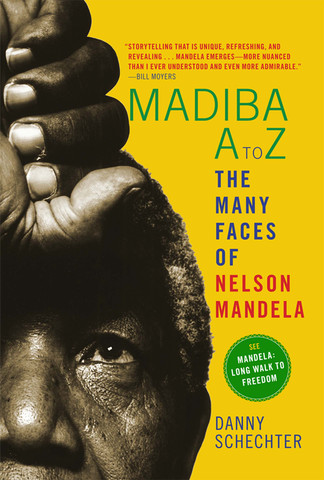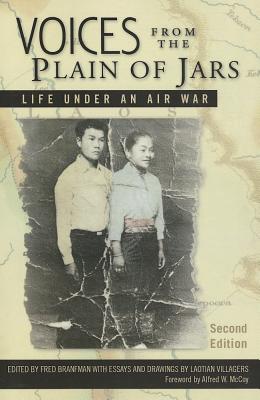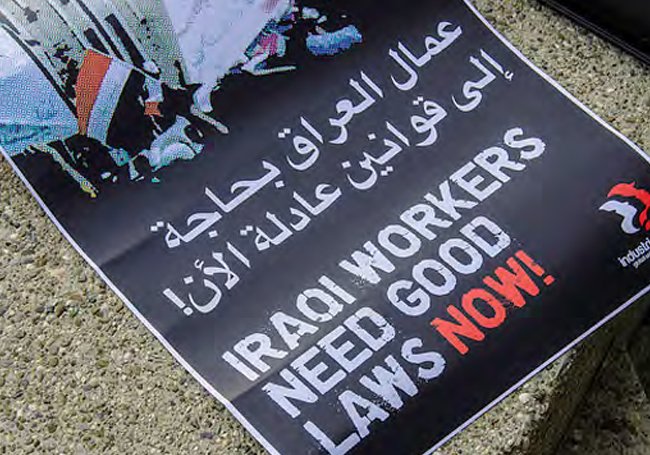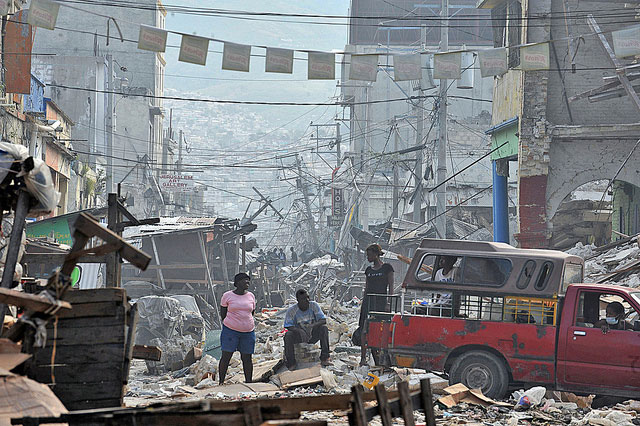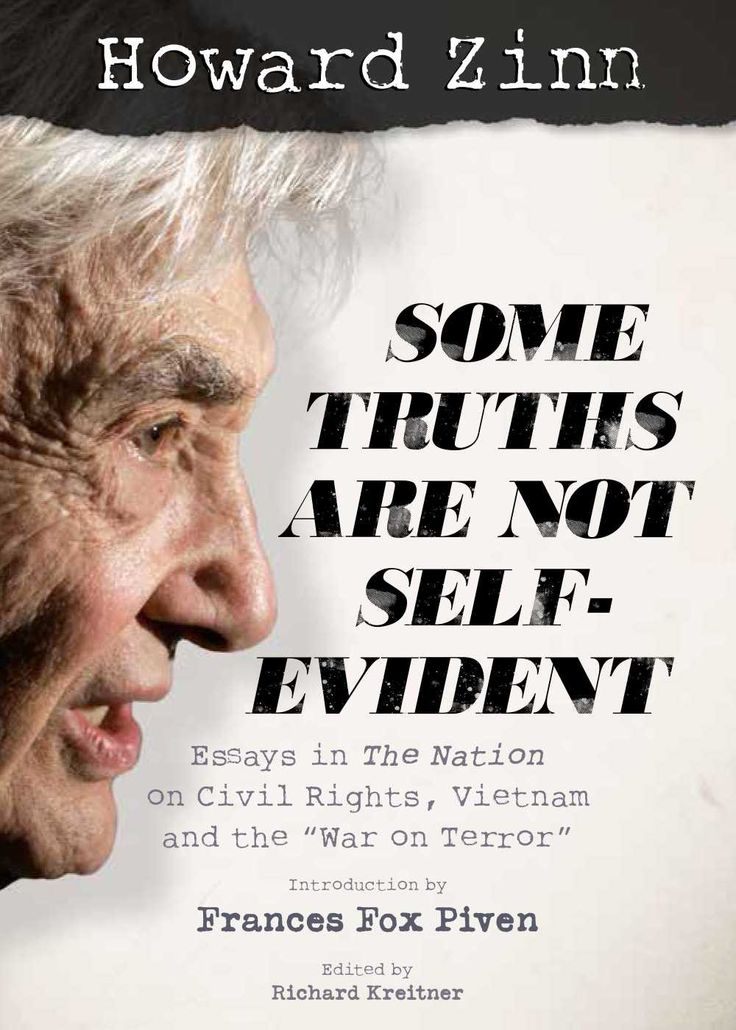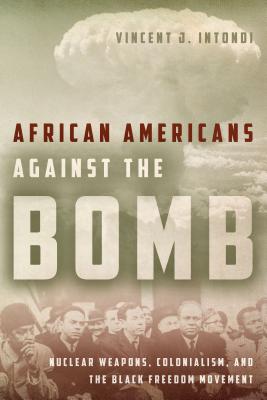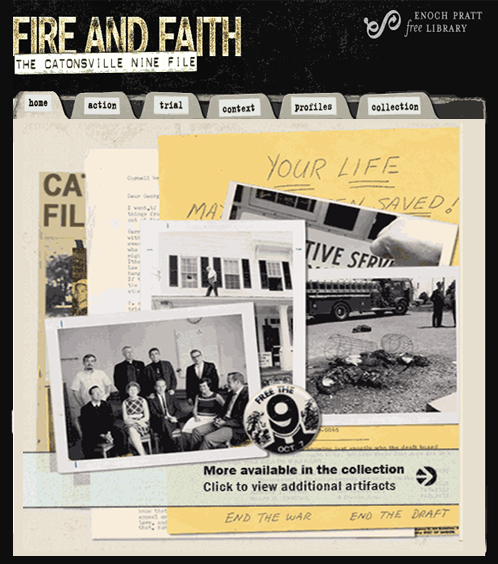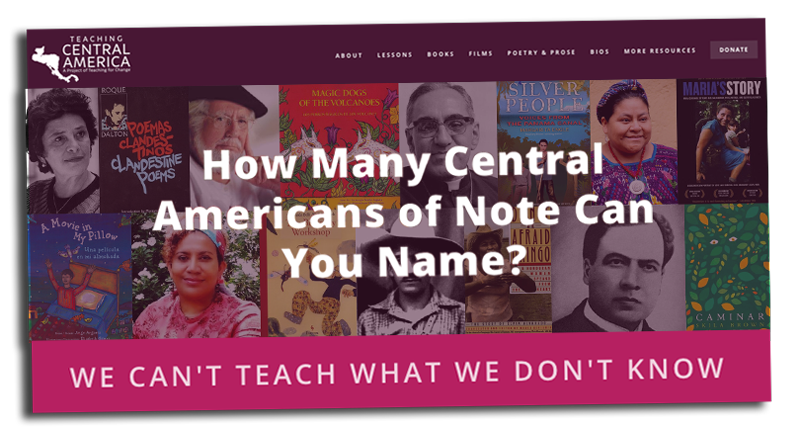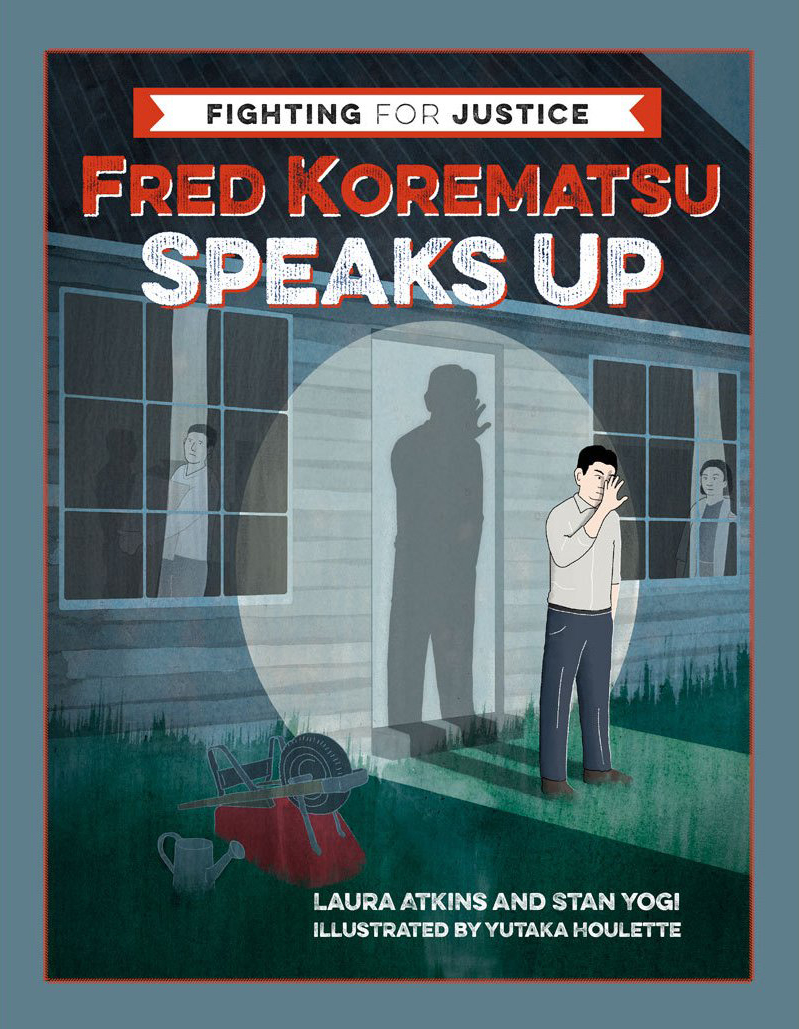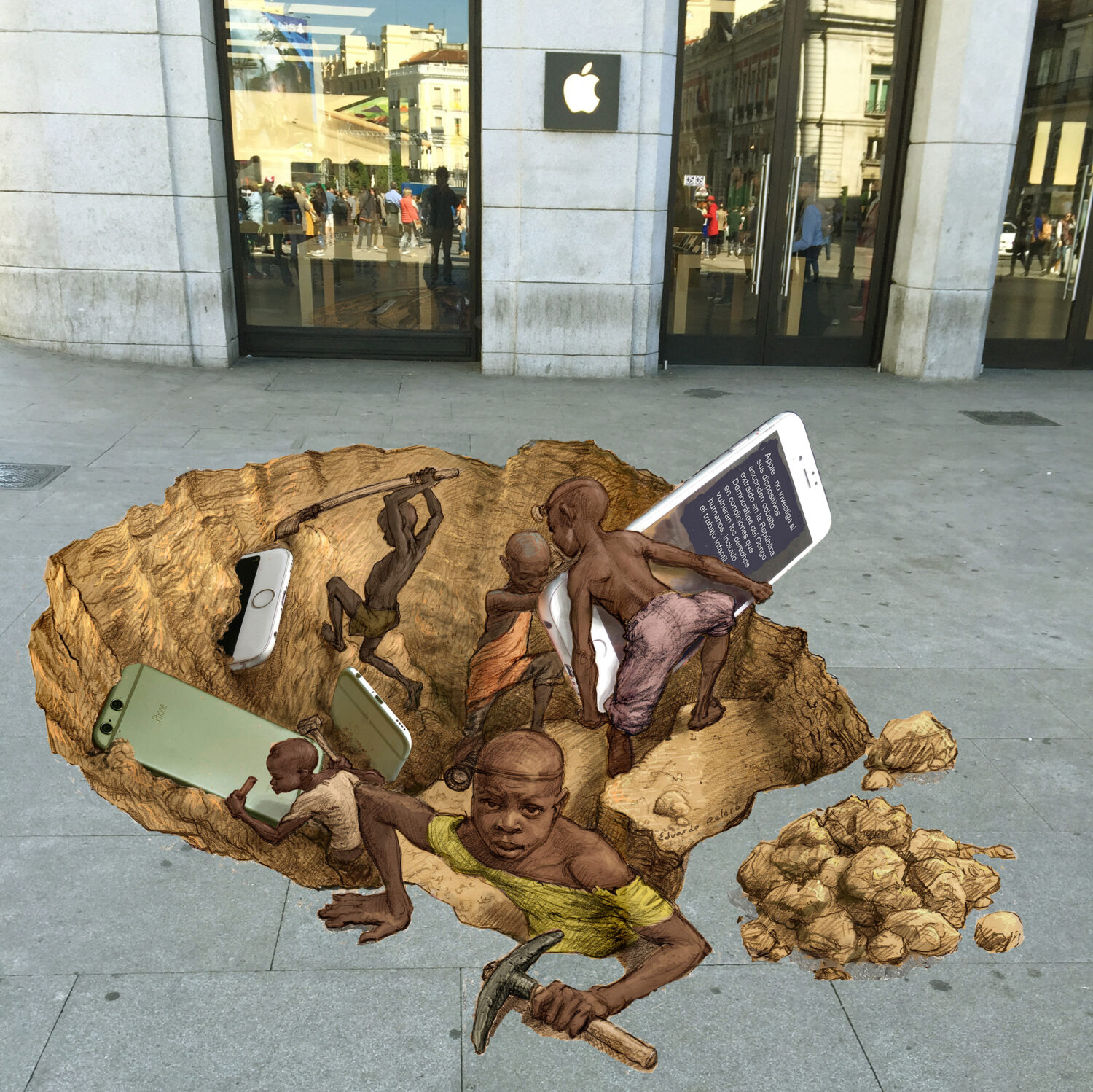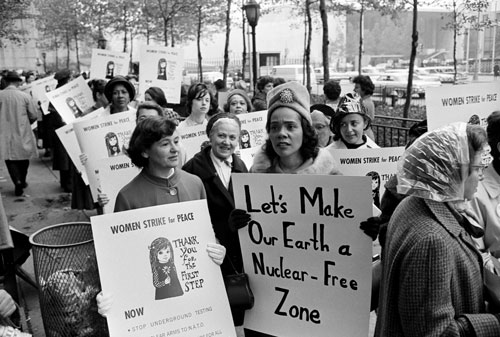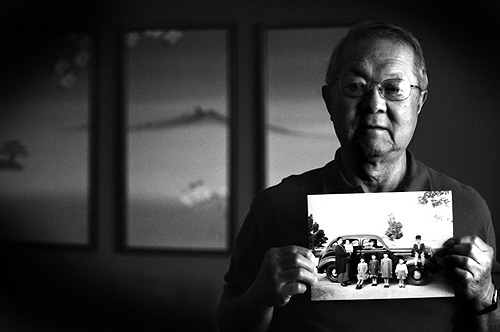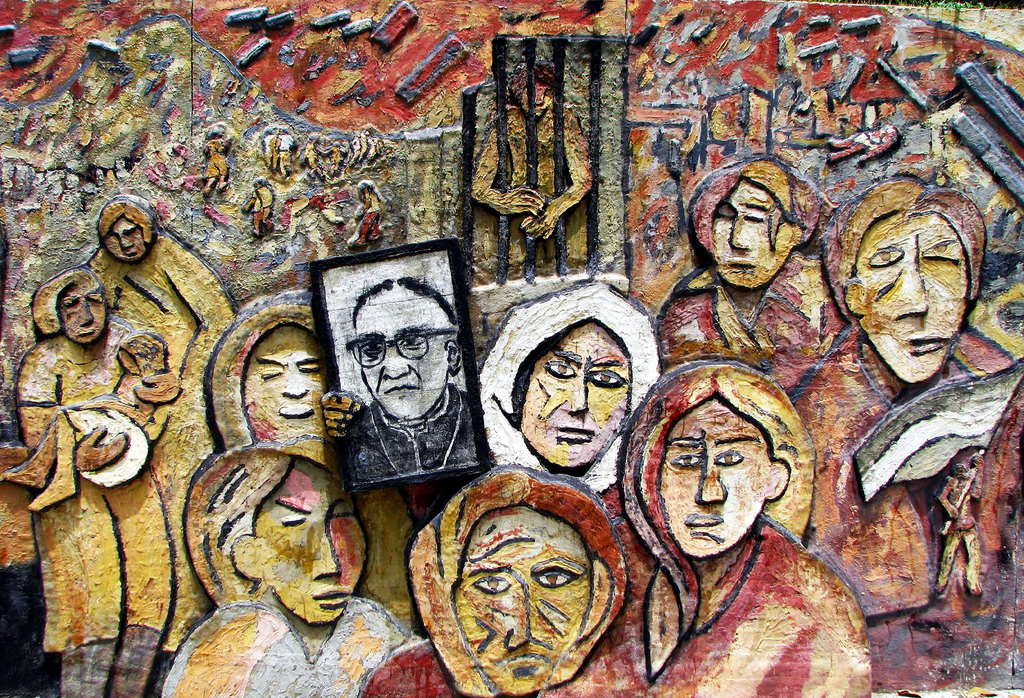Book — Non-fiction. By Howard Zinn, edited by Anthony Arnove. 2012. 384 pages.
Speeches spanning several decades that convey Zinn's analysis of history and politics with wit and wisdom.
Continue reading
Book — Non-fiction. By Oliver Stone and Peter Kuznick. 2012. 784 pages.
Challenge the prevailing orthodoxies of traditional history books in this look at the U.S. history of empire building.
Continue reading
Teaching Guide. Edited by Jody Sokolower. Rethinking Schools. 2013. 132 pages.
A collection of Rethinking Schools articles and lessons for K-12 on U.S. military engagement in Afghanistan and the Middle East.
Continue reading
Digital collection. Over 3,300 documents from the Sandino Rebellion in Nicaragua, 1927-1934.
Continue reading
Book — Non-fiction. By Richard Drinnon. 1997.
History of American expansion and the infliction of repression and racist tactics on the communities.
Continue reading
Article. By Bill Bigelow. 2013. If We Knew Our History Series.
While new U.S. history textbooks mention the Pentagon Papers, none grapples with the actual import of the Pentagon Papers.
Continue reading
Book — Fiction. By Margarita Engle. 2010. 384 pages.
Bilingual book of historical fiction in verse about Cuba's long fight for independence in the 19th century.
Continue reading
Profile.
Noam Chomsky (born December 7, 1928) is a political activist, professor, linguist, and author.
Continue reading
Teaching Activity. Zinn Education Project. 21 pages.
Two lessons to introduce key facts about the Vietnam War and the Pentagon Papers, documents that provide essential history that is often ignored by textbooks.
Continue reading
Book — Non-fiction. Danny Schechter. 2013. 272 pages.
Companion book to the 2013 film about Nelson Mandela, Mandela: Long Walk to Freedom.
Continue reading
Film. Directed by Connie Field. 2007. 89 minutes.
Episode that covers the anti-apartheid movement in the U.S. to overturn apartheid in South Africa.
Continue reading
Digital collection. Resources and programs on the history and legacy of the Abraham Lincoln Brigades.
Continue reading
Book — Non-fiction. Edited by Fred Branfman. 2013 (original edition, 1972). 196 pages.
Essays, drawings, and poems by Laotian villagers who survived almost 10 years of widespread, persistent, and devastating bombing during the Vietnam War in a covert operation in Laos.
Continue reading
Teaching Activity. By Adam Sanchez. Rethinking Schools. 14 pages.
A role play investigating the economic consequences of the U.S. occupation of Iraq.
Continue reading
Teaching Activity. By Adam Sanchez. Rethinking Schools. 12 pages.
A trial role play asks students to question the role played by the U.S. government and other international actors in the 2010 earthquake.
Continue reading
Book — Non-fiction. By Howard Zinn, edited by Richard Kreitner. 2014. 215 pages.
A collection of articles spanning 50 years, by and about Howard Zinn, originally published in The Nation magazine.
Continue reading
Book — Non-fiction. By Vincent Intondi. 2015. 224 pages.
History of Black activists who fought for nuclear disarmament.
Teaching Activity by Vincent Intondi
Continue reading
Digital collection. Features documents, photos, and audio and video accounts about the Catonsville Nine who burned Vietnam war draft files.
Continue reading
Website.
An online collection of lessons, book lists, biographies of noted historical figures, and readings for free use by classroom teachers.
Continue reading
Book — Non-fiction. By Laura Atkins and Stan Yogi. Illustrated by Yutaka Houlette. 2017. 112 pages.
Story of Fred Koretmatsu, jailed for resisting internment by the U.S. government during WWII. He took his case to the U.S. Supreme Court twice.
Continue reading
Teaching Activity. By Alison Kysia. 28 pages.
In this lesson, students learn about the colonial history of Congo, debate responsibility for crimes against humanity, and investigate the connection, past and present, between the exploitation of natural resources and violence.
Continue reading
Archbishop Óscar Romero of El Salvador was assassinated by U.S.-backed death squads.
Continue reading



